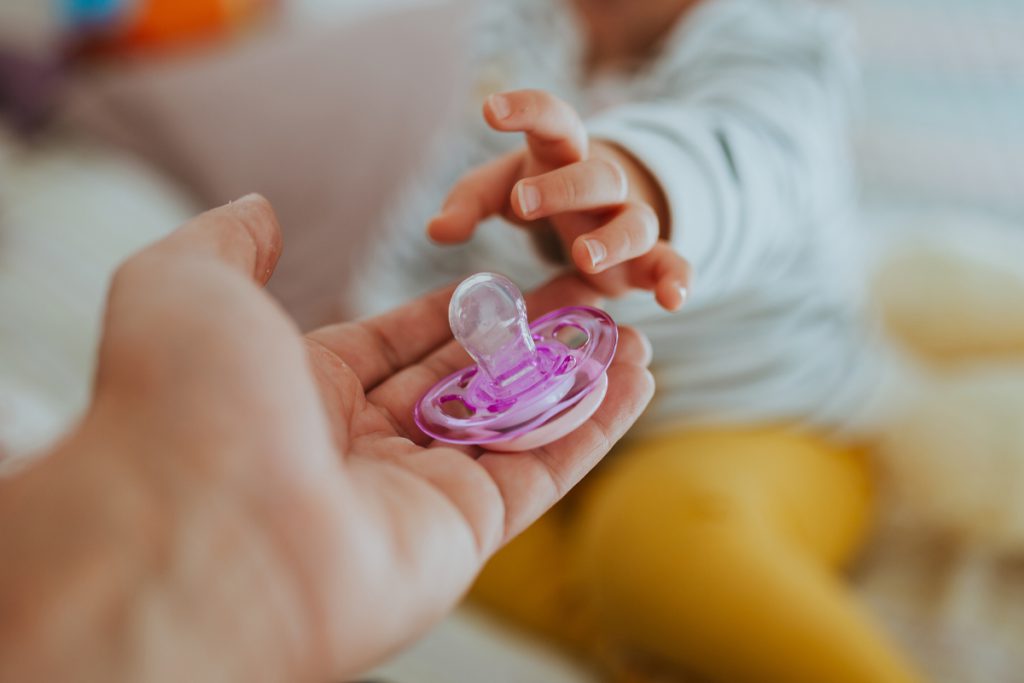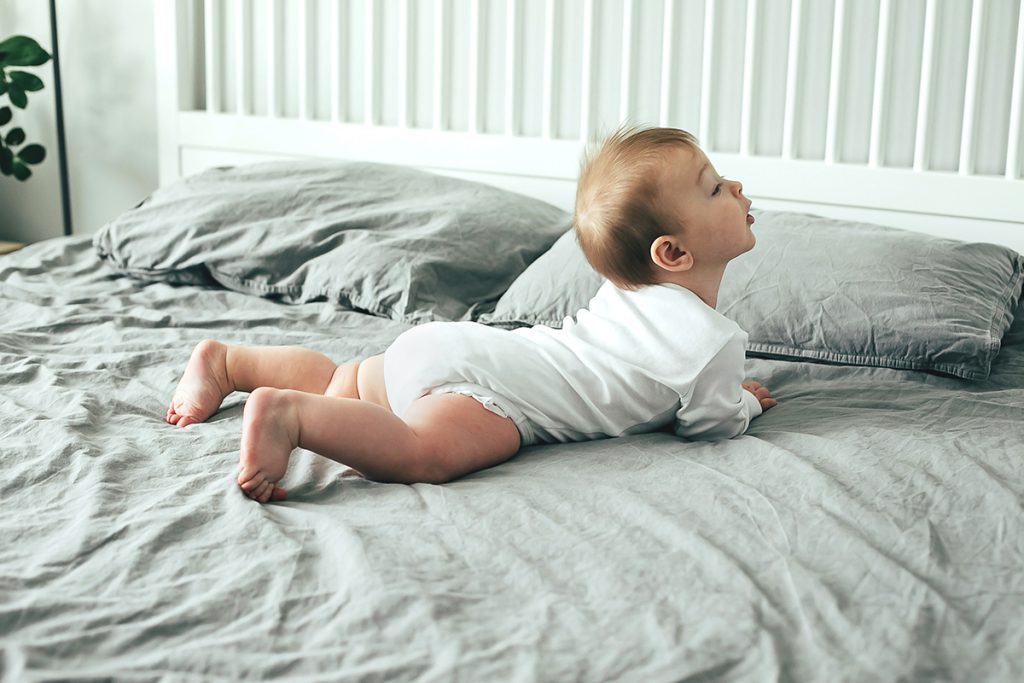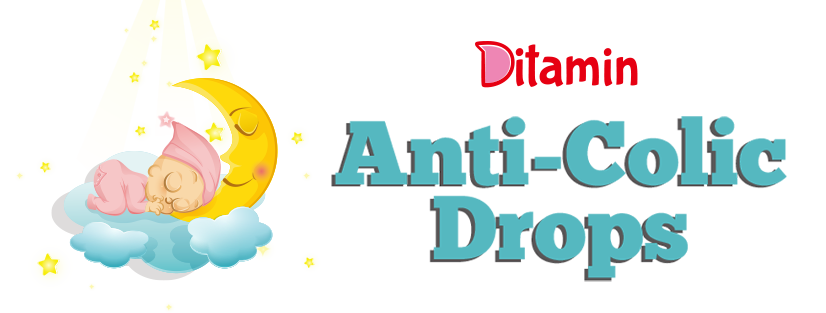
All babies are born with the need to suck. This is important because babies need the sucking reflex to eat and drink. Sucking for some babies also can have a soothing and calming effect.
What do I need to know before offering a pacifier?
- Offer a pacifier at nap time and bedtime. This helps to reduce the risk of sudden infant death syndrome (SIDS). If you are breastfeeding, wait until breastfeeding is going well before offering a pacifier. This usually takes about 3 to 4 weeks.
- Do not use a pacifier to replace or delay meals. Only offer it when you are sure your baby is not hungry.
- Do not force your baby to take the pacifier if he doesn’t want it.
- Never tie a pacifier to your child’s crib or around your child’s neck or hand. This is very dangerous and could cause serious injury or even death.
- Be prepared for night waking. If your child depends on a pacifier to fall asleep at night, he may wake up when the pacifier falls out. If you child is too young to put it back in his mouth or can’t find or reach it if it has fallen out of the crib, you may need to wake up and get it for him.

What should I keep in mind when shopping for a pacifier?
- Pacifiers come in different sizes. You will also find a variety of nipple shapes, from squarish “orthodontic” versions to the standard bottle type. Try different kinds until you find the one your baby prefers.
- Look for a 1-piece model that has a soft nipple (some models can break into 2 pieces).
- The shield should be at least 11/2 inches across so a baby cannot put the entire paci¬fier into her mouth. Also, the shield should be made of firm plastic with airholes.
- Make sure the pacifier is dishwasher-safe. Follow the instructions on the pacifier and boil it or run it through the dishwasher before your baby uses it. Be sure to squeeze the water out of the nipple with clean hands; otherwise, the hot water inside might burn your baby’s mouth. Clean it this way frequently until your baby is 6 months old so that your infant is not exposed to germs. After that you can just wash it with soap and rinse it in clear water.
- Buy some extras. Pacifiers have a way of getting lost or falling on the floor or street when you need them most.
- Do not use the nipple from a baby bottle as a pacifier. If the baby sucks hard, the nipple may pop out of the ring and choke her.
- Pacifiers fall apart over time. Some manufacturers have expiration dates for pacifiers. Do not keep pacifiers past that time. Inspect them every once in a while to see whether the rubber has changed color or has torn. If so, replace them.

